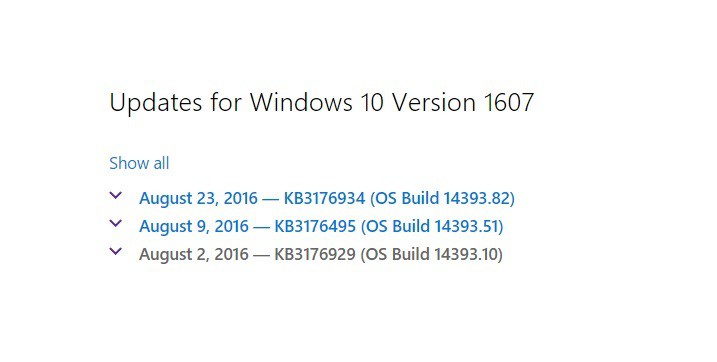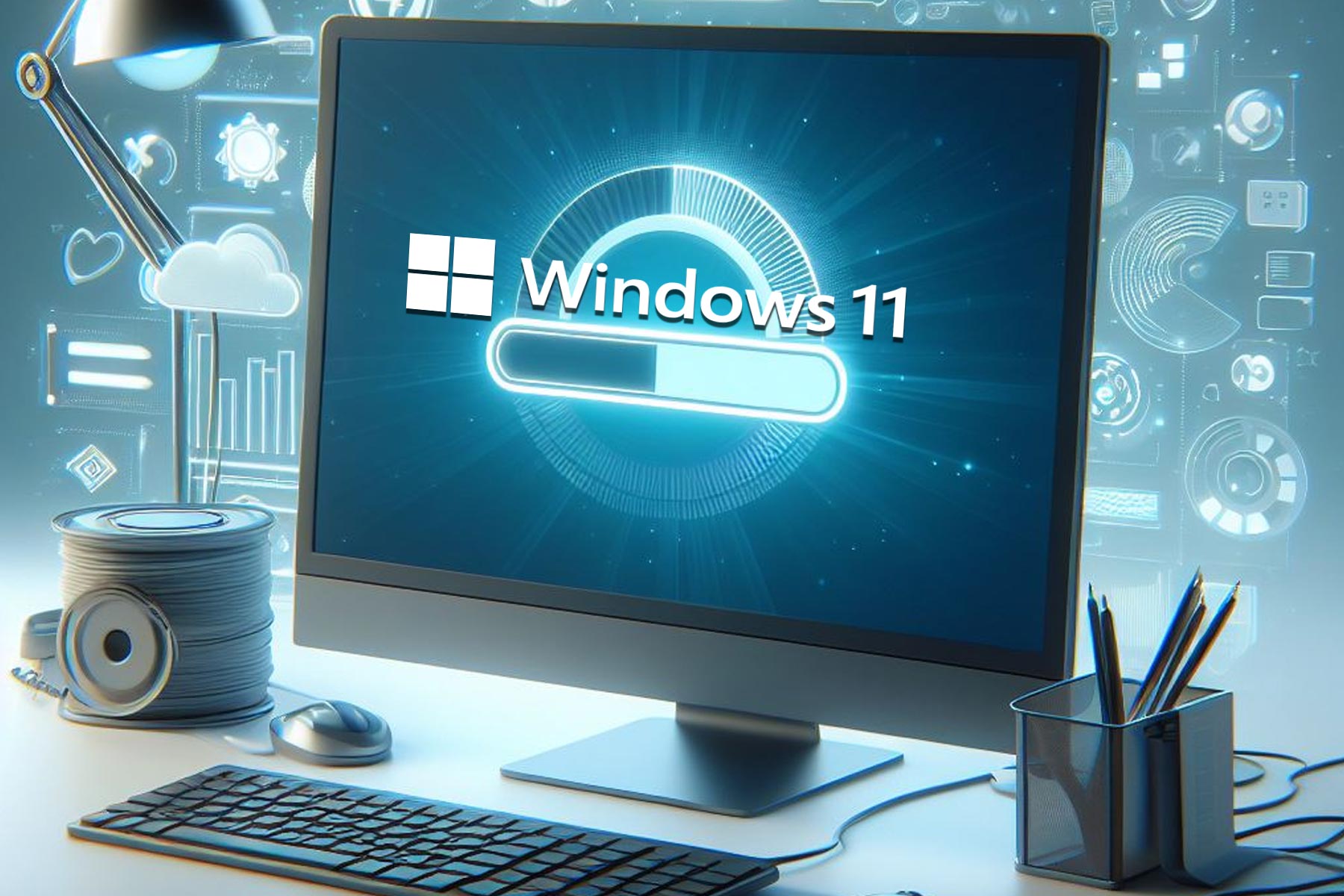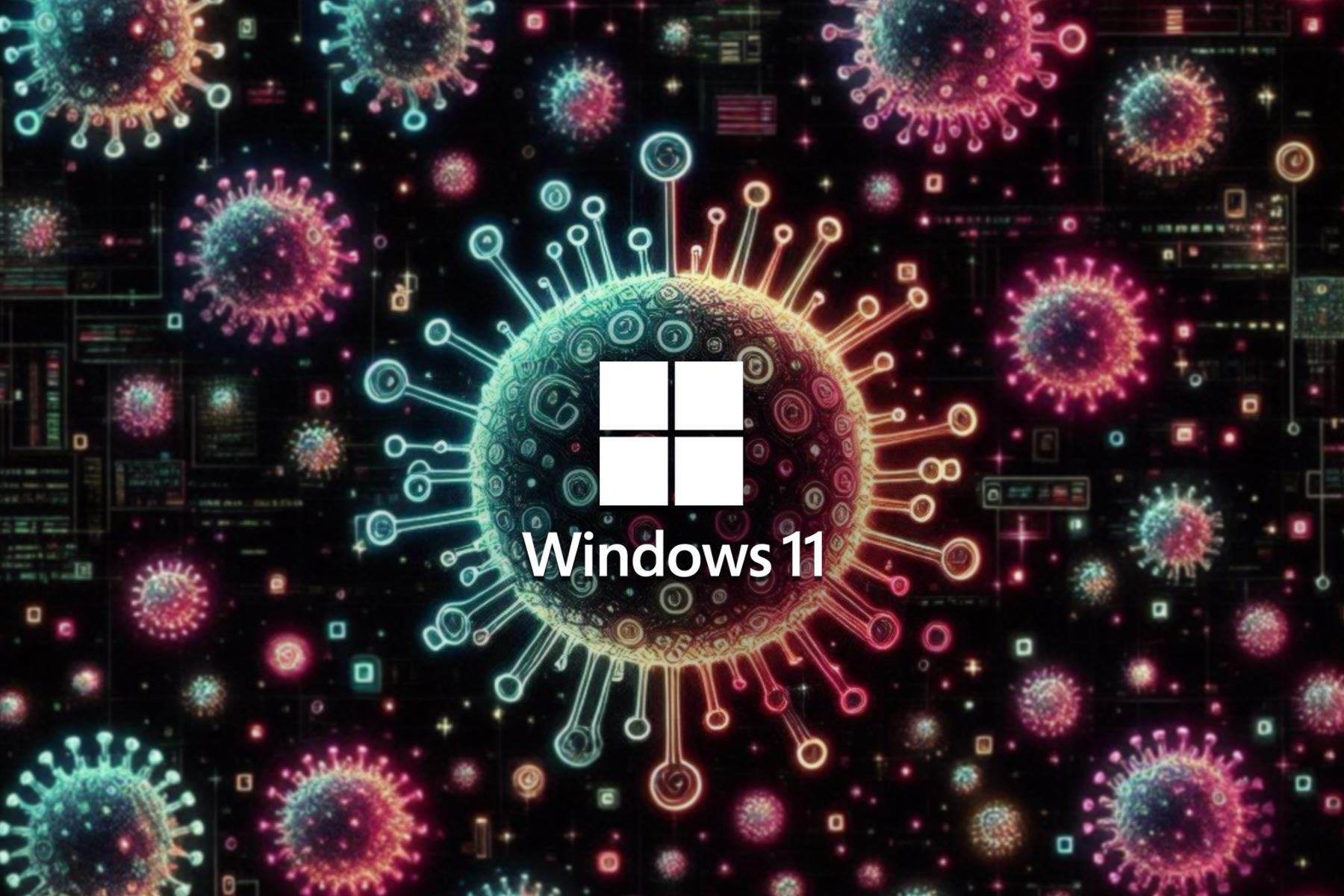Updates KB3176936 and KB3176934 for Windows 10 improve system stability
3 min. read
Published on
Read our disclosure page to find out how can you help Windows Report sustain the editorial team Read more

Microsoft rolled out two new cumulative updates for Windows 10 aimed at improving system stability. The two updates, KB3176936 and KB3176934, are available for all Windows 10 version 1607 users.
The cumulative update KB3176934 is not a brand new update since it’s been available to Windows Insiders for almost a week now, but the good news is that it’s now available for non-Insiders as well. The two updates take the Anniversary Update to the 14393.82 version and mainly focus on improving overall system performance. No new operating system features are being introduced in these updates.
If you want to install the updates, go to Settings > Update & security > Windows Update > Check for updates. If you can’t install them automatically, you can also use Microsoft’s Update Catalog, but for that you need to run Internet Explorer 6 or later.
The change log includes:
- “Improved reliability of Network Controller, DNS server, gateways, Storage Spaces Direct, Group Managed Service Accounts, remote procedure calls (RPC), PowerShell, Internet Explorer 11, printer pairing and interoperability, the Windows kernel, Media Core, Windows Store, Connected Standby, Cluster Health service, the Hypervisor debugger and platform, and Active Directory.
- Improved performance of Storage Spaces Direct with many nodes or disks, scrolling lists on Xbox One, DHCP address acquisition, Active Directory queries, and Cluster Health service.
- Addressed issue that prevents external media from playing on Xbox One using Cast to Device.
- Addressed issue with Mouse events not working correctly in Internet Explorer 11.
- Addressed issue with the rendering and resizing of nested tables in Internet Explorer 11.
- Addressed issue with the UI layout not updating correctly in Internet Explorer 11 quirks mode.
- Addressed issue that was causing nodes to be disconnected from a Cluster service intermittently.
- Addressed issue with the 3G and 4G options not appearing correctly in Windows 10 Mobile settings.
- Addressed additional issues with mobile device management (MDM) enrollment for an Azure Active Directory tenant, software compatibility, rendering of Yu Gothic fonts, Cortana, slow connections to cluster shares, Xbox One unable to launch the Netflix app using the DIAL protocol, Xbox One volume and music playback, all video stops while audio plays in a TV app, incorrect scaling of Internet Explorer 11 first-run dialog, driver setup, Windows Update for Business, apps failing to install after resetting device, boot failure with Hyper-V and BitLocker enabled, Cache Manager, Cluster Health service, inability to change roles and features on a locked device, disk-to-enclosure mappings not working, PowerShell, missing lock screen image, fitness tracker not recognized as a mass storage device, synchronization not working between Intune and Azure Active Directory (AAD), Skype calls over Wi-Fi, streaming playback using progressive download, unable to cancel download from Windows, extensions for Microsoft Edge, incorrect lock screen UI after resuming from hibernate and sleep, and blocked installation of game bundles from the Windows Store.”
Some of the changes refer to Windows 10 Mobile, although this update is not available for non-Insiders yet.
RELATED STORIES YOU NEED TO CHECK OUT:








